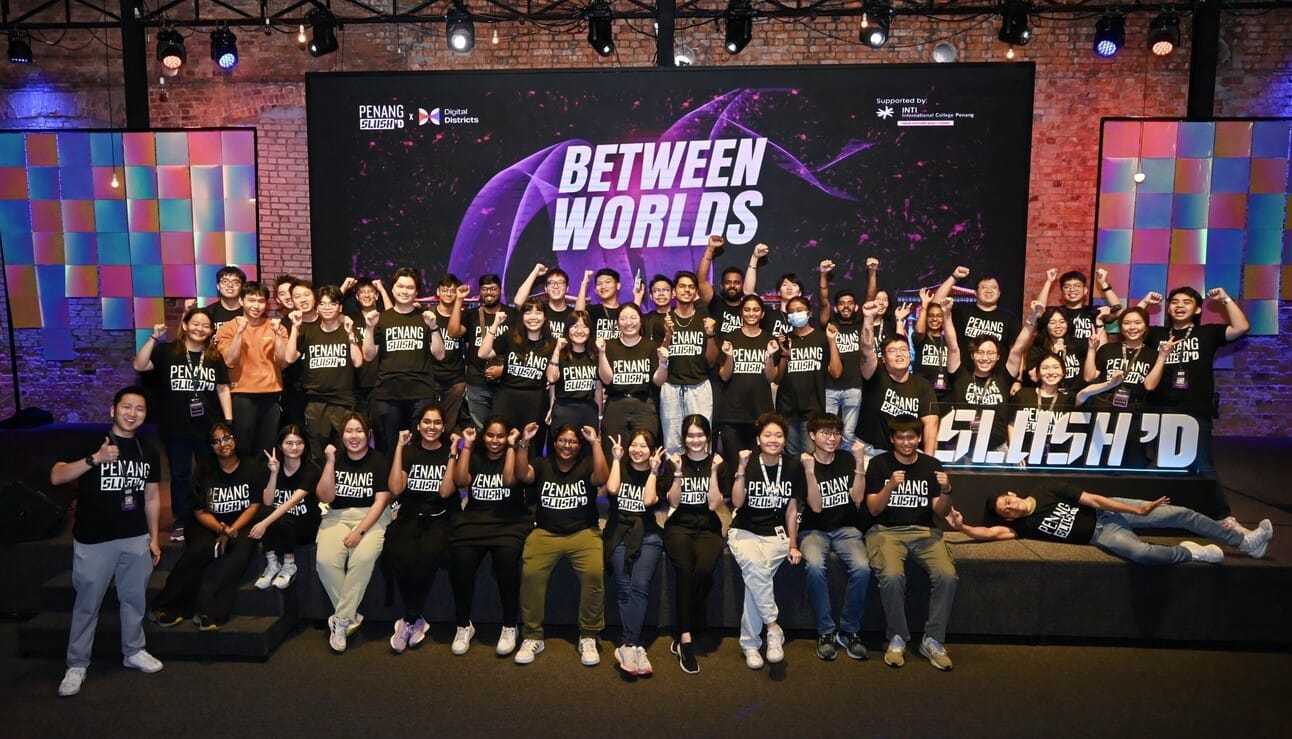Most startup conferences take place in large convention halls, governed by rigid schedules and the hum of fluorescent lighting. In Penang, Malaysia, something radically different unfolded—a gathering purposefully designed to connect "between worlds." This is Slush'D Penang, but it's part of a broader movement reimagining how we gather, learn, and innovate in urban spaces.
The DNA Difference: From Slush to Slush'D
To understand Slush'D's innovation, we must first understand its origins. The original Slush, born in Helsinki in 2008, emerged from a simple frustration: Finnish startup founders felt disconnected from the global ecosystem. What began as a small gathering in a sauna has evolved into Europe's largest startup conference, attracting over 25,000 attendees to Helsinki's Messukeskus convention center each November.
But Slush's success created its own challenge. As it grew, it became increasingly centralized, expensive, and—paradoxically for an event about innovation—conventional. Enter Slush'D: a deliberate counter-movement that asks, "What if we took the spirit of Slush but reimagined everything else?"
Where Slush concentrates thousands in a single venue, Slush'D disperses hundreds across entire cities. Where Slush follows the familiar conference playbook of keynotes and exhibition halls, Slush'D treats the urban fabric itself as infrastructure for connection. The 'D' in Slush'D doesn't just stand for "distributed"—it represents a fundamental design philosophy that prioritizes depth over scale, locality over universality.
The Global Context: Cities as Canvases
Slush'D isn't alone in recognizing cities as stages for meaningful gathering. Across the globe, innovative events are breaking free from convention center constraints:
South by Southwest (SXSW) in Austin, Texas, perhaps comes closest to Slush'D's city-wide approach. Since 1987, SXSW has transformed Austin into a living laboratory where music venues, restaurants, parking lots, and even Airbnb homes become conference spaces. The city's character doesn't just host the event—it shapes it. Austin's music culture infuses the tech conversations, creating connections that wouldn't emerge in sterile conference halls.
Milan Design Week offers another compelling parallel. During Salone del Mobile, Milan's entire design district becomes an exhibition space. Showrooms, historic palazzos, abandoned warehouses, and street corners all become venues for displaying innovation. Like Slush'D, it creates serendipitous encounters—a furniture designer might stumble into a conversation with a tech entrepreneur in a repurposed church turned exhibition space.
Edinburgh Festival Fringe demonstrates how distributed programming can democratize participation. With over 3,500 shows across hundreds of venues, from grand theaters to basement pubs, the Fringe creates multiple entry points for both performers and audiences. This accessibility mirrors Slush'D's approach of using temples, cafés, and university halls—spaces that feel approachable rather than exclusive.
Nuit Blanche events in cities like Paris, Toronto, and Kyoto turn entire urban landscapes into cultural experiences. Museums, churches, public squares, and even construction sites become art installations for one night. Participants navigate not just exhibitions but the city itself, creating unique pathways and encounters that can't be replicated in contained venues.
Yet Slush'D differs from these examples in crucial ways. While SXSW has grown into a massive commercial enterprise, and Design Week caters primarily to industry insiders, Slush'D maintains intimacy by design. Its small scale—typically 200-300 participants—ensures that nearly everyone can have meaningful conversations with nearly everyone else.
Why Cities Matter More Than Convention Centers
The choice of venue isn't merely logistical—it's philosophical. Convention centers, by design, create artificial environments disconnected from local context. They could be anywhere, and often feel like nowhere. When Slush'D takes over George Town's temples and cafés, or when Milan Design Week transforms historic palazzos, something fundamentally different happens.
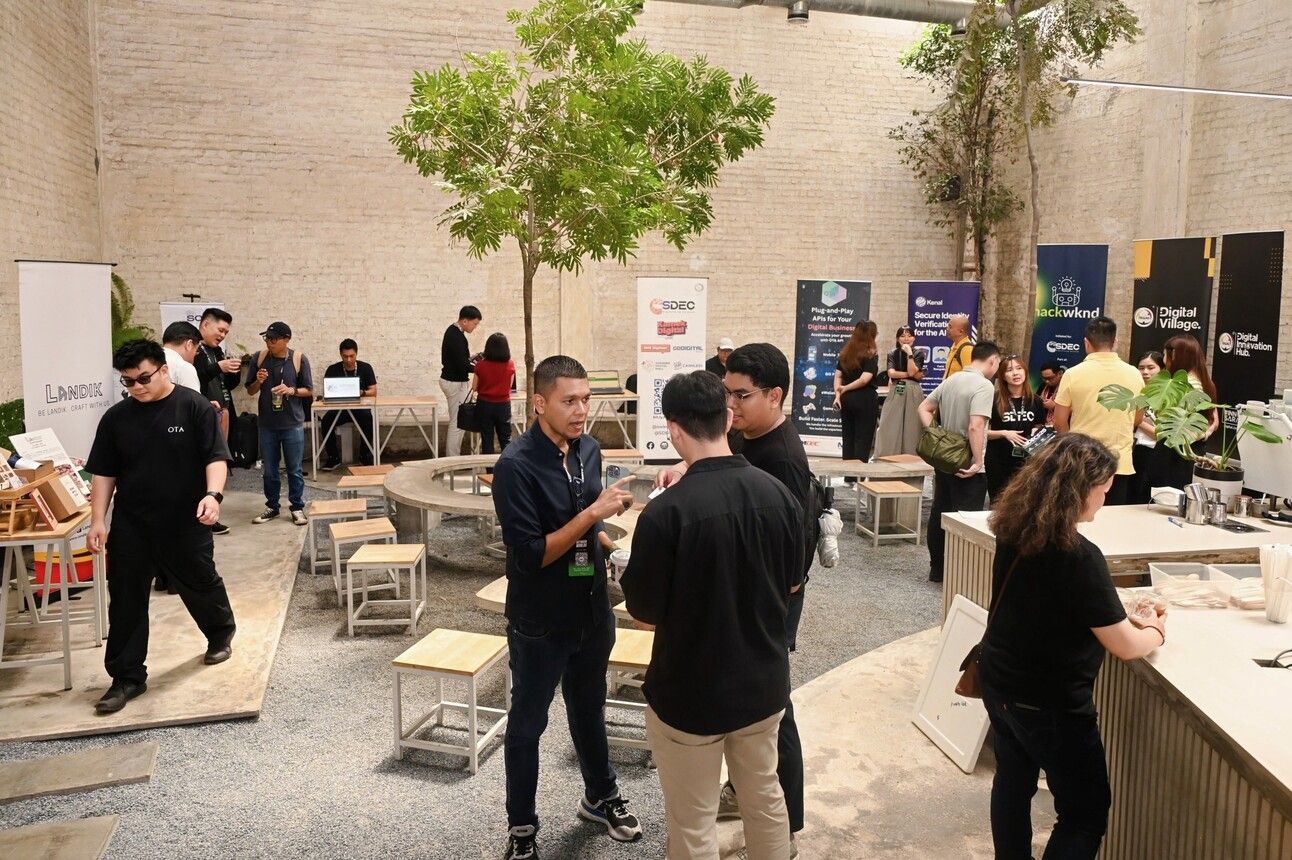
Context becomes content. Walking between sessions in George Town means encountering UNESCO heritage sites, local food vendors, and the rhythms of daily life. These aren't distractions—they're features. A conversation about sustainable business models takes on different dimensions when held in a 200-year-old temple versus a windowless conference room.
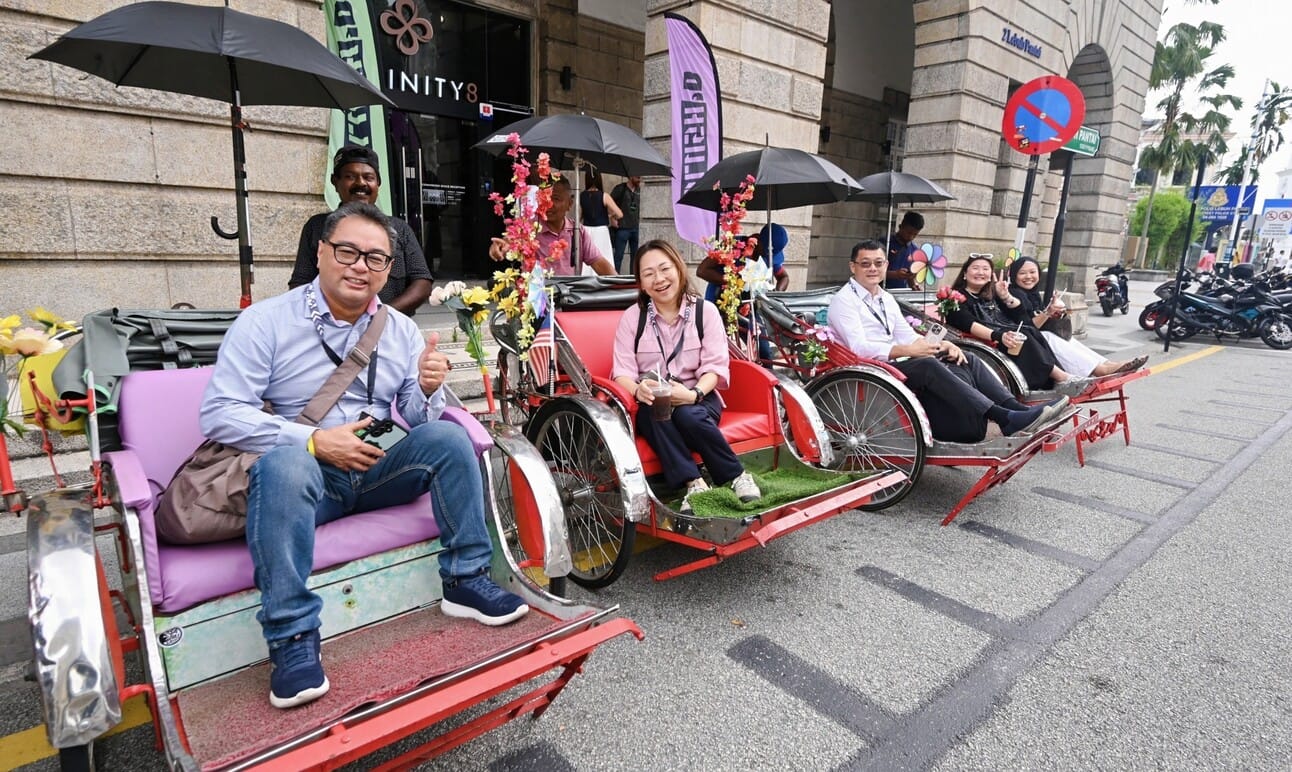
Accessibility increases. While major conferences require significant financial investment—flights to Helsinki, expensive hotel bookings, hefty registration fees—city-distributed events can leverage local infrastructure and community spaces. University students in Penang didn't just attend Slush'D; they co-created it as volunteers and local guides.
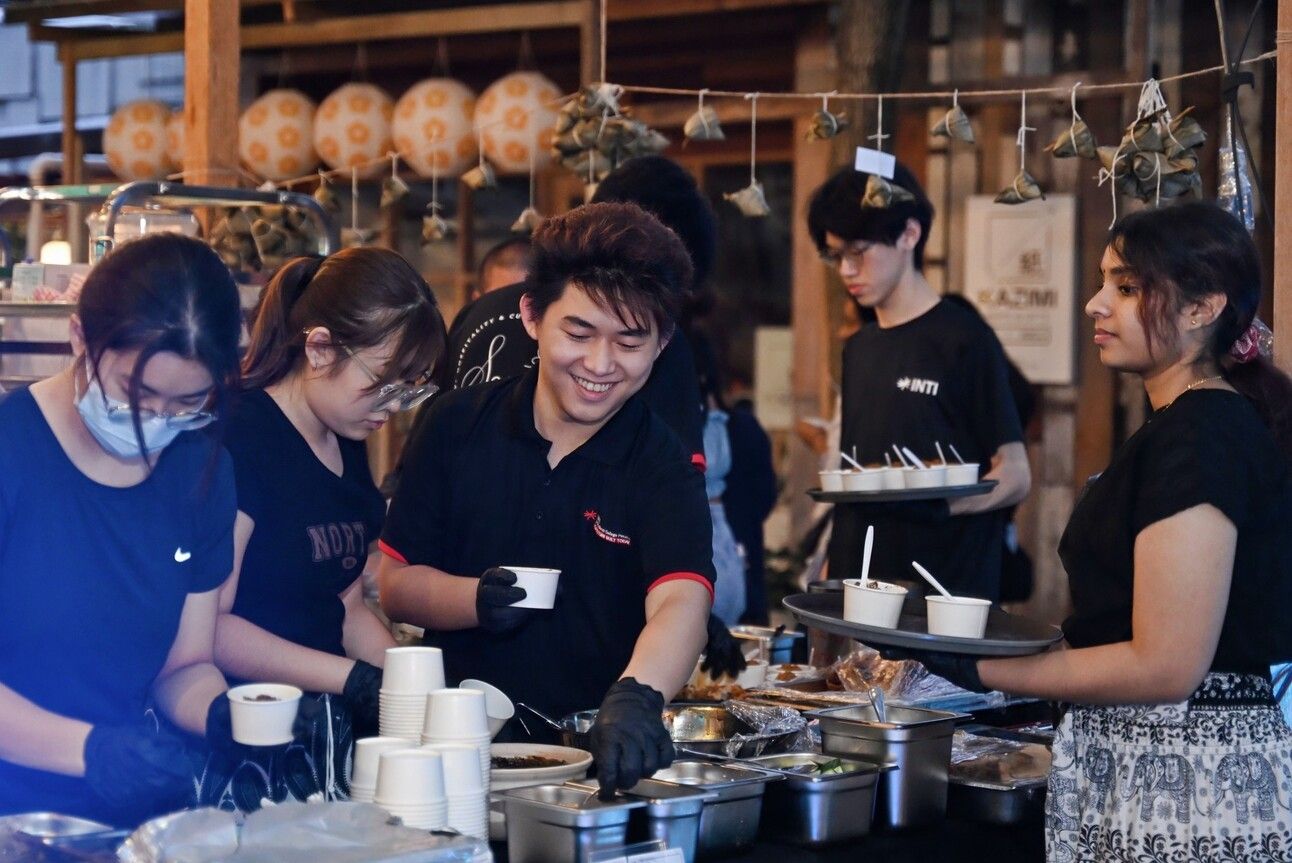
Networks diversify. Convention centers primarily attract those who can afford to attend professional conferences. When events spill into city streets, they naturally encounter broader communities. Local business owners, students, artists, and residents become part of the ecosystem, creating unexpected collaborations.

The Penang Experiment: Lessons in Localized Innovation
Slush'D Penang's success stems from treating George Town not as a backdrop but as a co-creator. The event's programming evolved from the city's unique assets: its UNESCO heritage status informed conversations about balancing preservation with innovation; its multicultural population sparked discussions about building inclusive startup ecosystems; its semiconductor industry provided real-world case studies for global participants.
This approach contrasts sharply with parachute conferences that could happen anywhere. Instead of importing foreign speakers to talk at local audiences, Slush'D facilitated conversations between global visitors and local ecosystems. The semiconductor facility tours weren't tourist attractions—they were integral to understanding how global innovation actually works in specific places.
The result was what participants described as "more conversation, less convention." Without the pressure to fill massive auditoriums or justify enormous exhibition spaces, programming could focus on quality of connection rather than quantity of content.
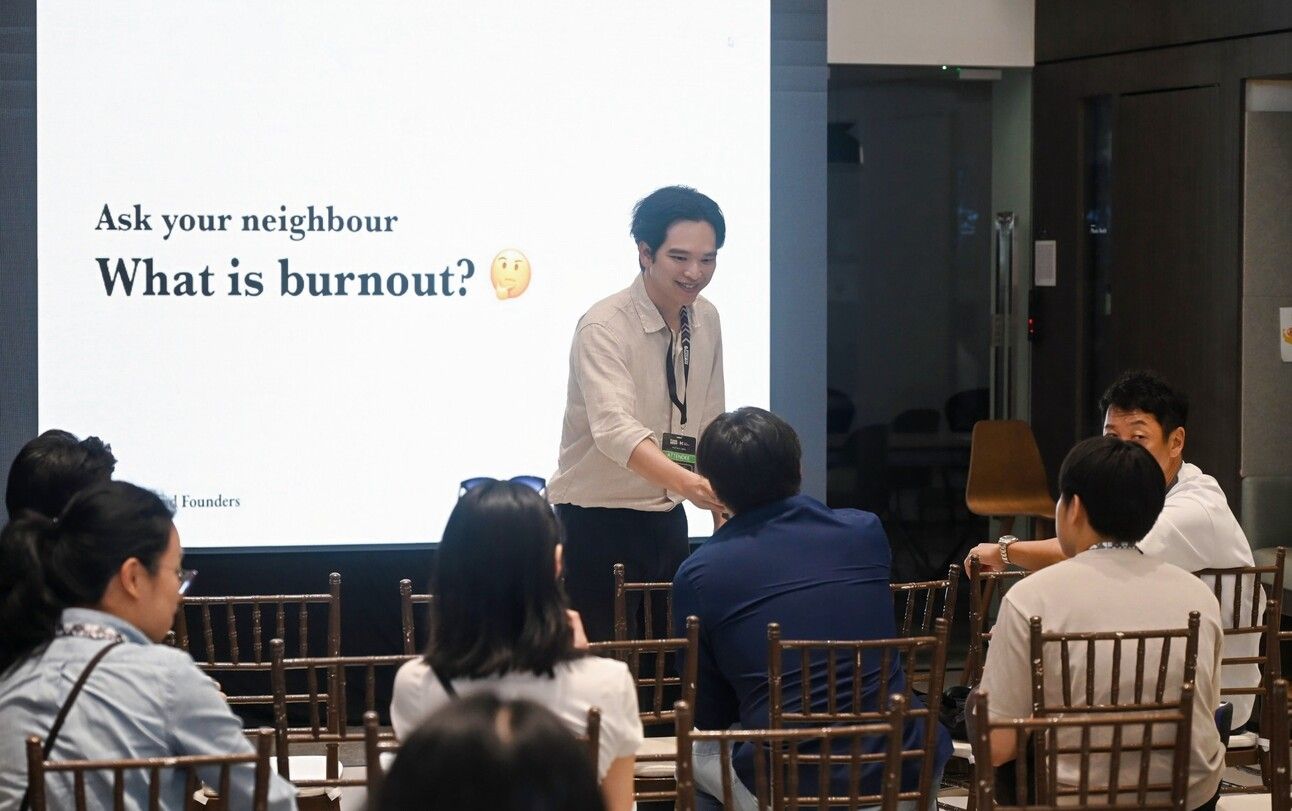
The Ripple Effects: What This Means for Urban Innovation
The implications extend beyond conferences. As cities worldwide compete to build startup ecosystems, many default to familiar models: innovation districts, incubator buildings, accelerator programs. These aren't wrong, but they're incomplete.
Slush'D suggests that ecosystem building might be less about what we build and more about how we gather. Instead of constructing new innovation infrastructure, cities might activate existing cultural, educational, and commercial spaces in new ways.
For policymakers, this means recognizing that startup ecosystem development isn't just about tax incentives and co-working spaces. It's about creating conditions for serendipitous encounters across sectors, generations, and cultures.

For urbanists, it suggests that the most innovative cities might be those that embrace temporary, distributed programming rather than relying solely on permanent, centralized facilities.
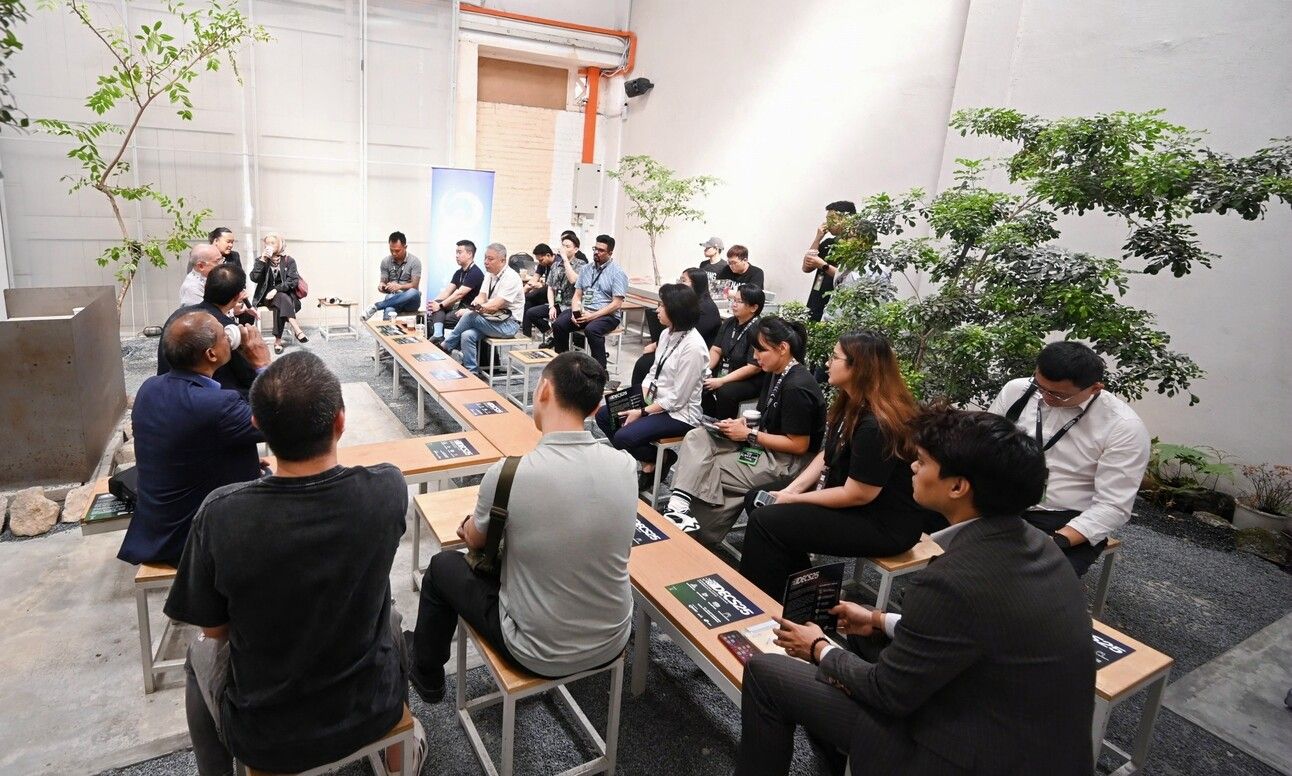
For ecosystem builders, it demonstrates that authentic global connections often emerge from deeply local experiences.

The Future of Gathering
As remote work reshapes how we think about presence and place, events like Slush'D offer a compelling vision for when physical gathering is worth the effort. Not for information transfer—that can happen online—but for the kind of embodied, contextual encounters that only happen when people move through spaces together.
The success of Slush'D Penang, like SXSW in Austin or Design Week in Milan, suggests we're entering an era where the most generative professional gatherings won't happen in purpose-built convention centers but in the living fabric of cities themselves.
The question isn't whether this model can scale—it's whether we want it to. Perhaps the point isn't to replicate Slush'D everywhere, but to inspire locally-rooted experiments in every city brave enough to see itself as a stage for innovation.
In George Town, that experiment proved something simple but profound: when conferences become urban adventures, both visitors and cities are transformed. The innovation happens not just in meeting rooms, but in the spaces between them—in the streets, temples, and cafés where ideas and people collide in ways that can't be programmed but can be invited.
That invitation, it turns out, might be the most important innovation of all.
